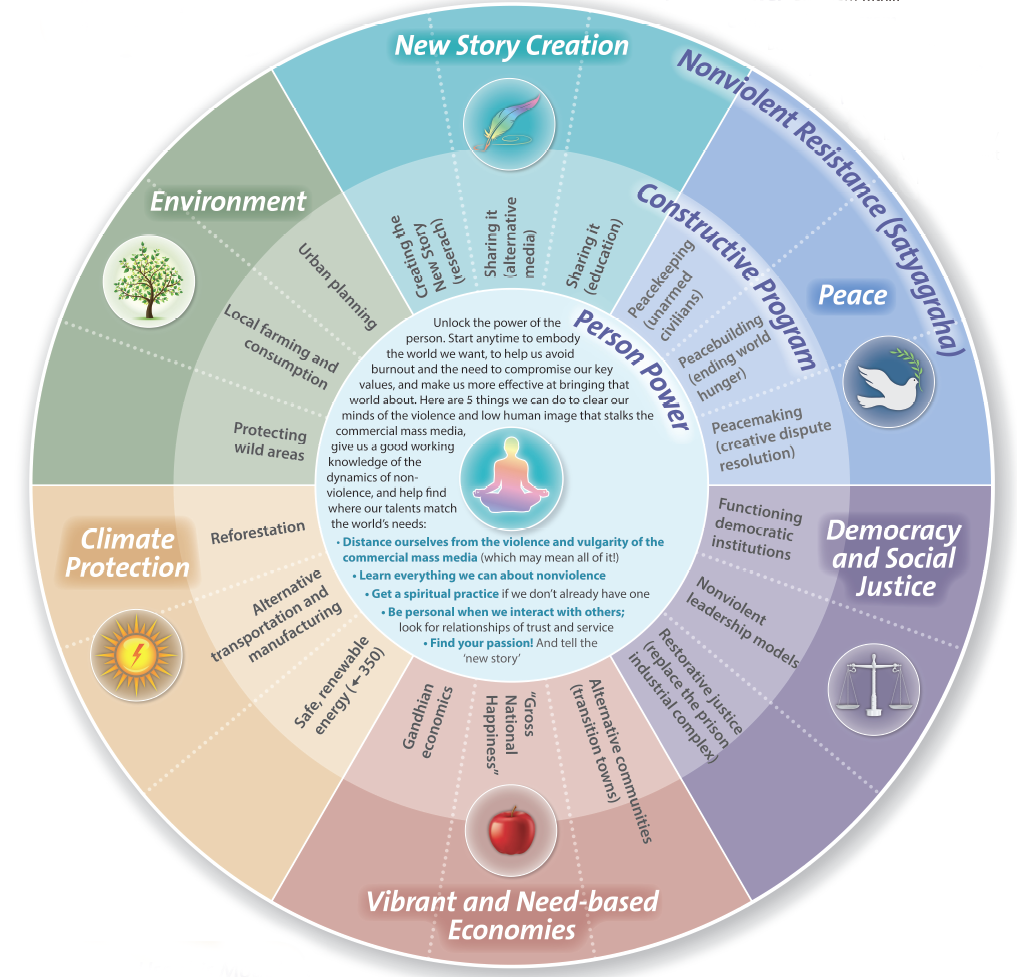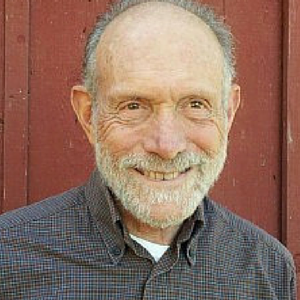In times of uncertainy and turmoil, the only way to rebuild — rather than regress — is to have an alternative strategic plan.
They had set the bar pretty high. The science students around the world who wanted to enter the contest to see whose rubber-band powered airplane would fly furthest saw that even to qualify their model had to fly 30 yards. But some of them made it. In particular, the Chinese students: Their entry was in a class by itself, and flew way further than the nearest competitor. What was their secret? A translation error. They thought to qualify it had to go 300 feet — or more than three times further. We are now challenged to come up with the same daring and imagination; only the stakes are a lot higher than a model plane contest.
Many of us are familiar with Naomi Klein’s 2007 book, “The Shock Doctrine,” in which she describes with devastating accuracy how regressive forces systematically exploit — and even create in order to exploit — times of uncertainty and upheaval to press their cynical agendas. There is a lot of fear that the pandemic now upon us, the mother of all upheavals, will be used for just that purpose. In fact, it’s happening: Think of the trillion-dollar bailout the president wants to offer fossil fuel industries! The fear is not unjustified. But it is not the whole story. Times of upheaval and turmoil are also times of possibility.
What makes all the difference, what makes it possible in such a time to rebuild rather than regress, is an alternative plan. In her recent interview with Amy Goodman, Klein, quoting Milton Friedman (of all people), said that at times like these opportunities open up for “whatever ideas are around.” And she goes on to list some of the excellent ideas that have been around, in some cases, for quite a while: a Green New Deal, healthcare for all, decarceration, forgiving student debt, etc. But that’s just the problem: They’ve been around for quite a while without gaining traction, and in the presence of so many bad ideas with untold resources behind them, there’s no guarantee that they will prevail now — that the opportunity presented by this fluidity can be seized on by those of us who want a new day.
“Apathy can only be overcome by enthusiasm,” said the famed British historian Arnold Toynbee. “And for enthusiasm you need two things: an idea that takes the imagination by storm and a concrete, practicable plan for putting that idea into action.”
We’ve already got that idea, if we know where to look. Jonathan Cook pointed to it in an article published by Common Dreams. Among the lessons the virus can teach us (assuming we’re prepared to learn) is that: “In a globalized world our lives are so intertwined that the idea of viewing ourselves as islands — whether as individuals, communities, nations, or a uniquely privileged species — should be understood as evidence of false consciousness.” Cook further explained by saying, “In truth, we were always bound together, part of a miraculous web of life on our planet and, beyond … in an unfathomably large and complex universe.” There’s no problem identifying the wrong consciousness: a “political worldview … so obscenely stunted by the worship of wealth that it refuses to acknowledge the communal good, to respect the common wealth of a healthy society.” I want to emphasize the terms “worldview” and “false consciousness,” because that’s what we really need: a truer consciousness, one that underlies and is a common foundation for the political or economic fixes listed off, quite correctly, by Klein.
We need the worldview that’s always been there, but is mostly buried in what are called the world’s wisdom traditions — and that have now, for the first time in over 300 years, the solid backing of science. The core of this worldview for our purposes is its strikingly different image of who we are as human beings. We are not primarily separate bodies, as advertisers and others try incessantly to tell us. We are body, mind, and spirit, or consciousness — indeed primarily consciousness. And that has tremendous consequences. It means we have untold resources within us, and we are deeply interconnected in a single web of life or what Martin Luther King called a “single garment of destiny.” It means that the life we have been given to live — and the universe we’ve been given to live it in — are not the result of random forces. They are deeply endowed with meaning that, in principle, we can discover, and according to which we should live.
This idea both pulls into a single focus and provides a conceptual framework for the many components of a progressive agenda that have been proposed but not adopted, and can help them get adopted. It has been identified and worked out in some detail by a long line of distinguished thinkers, including — in our own age — a line that goes from Teilhard to Einstein and, conspicuously, Gandhi. Yet, despite the prominence of these thinkers, and the increasing support of modern science, this worldview cannot be said to enjoy much currency in public discourse. Hence the need, as Toynbee pointed out, for a “concrete, practicable plan” to get it realized. And that plan, as I see it, will have three parts.
The first part needs to be a manifesto that boldly lays out the world we want. This might be something like the 500 Year Plan for Peace that was put forth by the Sarvodaya Movement in Sri Lanka. Although the movement has faltered, to be sure, the plan is still inspiring.
The second part should be a very carefully thought out strategy for moving people to implement the plan. Fortunately, in the last 20 years or so peace and justice movements have been systematically collecting and analyzing their “best practices,” ranging from insurrectionary movements like the one that overthrew Slobodan Milošević in Serbia in 2000 to the work of Nonviolent Peaceforce and other groups that carry out what’s called Unarmed Civilian Peacekeeping. (As I write this, Nonviolence Peaceforce is concluding an ambitious series of global gatherings for this very purpose). Thanks to strategists who have been in this business for some time now — like Daniel Hunter and George Lakey to name just two — the futility of one-off protests and the value of starting with the “low hanging fruit” of achievable goals and advancing steadily toward far-reaching change are getting to be common knowledge among activists.
Finally, part three, we need a way to organize people to make this happen.

I may be in a position to offer at least a framework for all this. At the Metta Center we’ve been working for some time now with what we call a Roadmap that gives visual expression to the potential unity of our emerging movement. For convenience, it divides the issue areas to work on into six sectors. They are, as I say, for convenience and not to be taken as rigid boundaries. But there is one thing we regard as essential: the sector called “New Story Creation.” This is the work, formulating and promoting the new paradigm, that must be front and center if we’re to have the kind of new consciousness Cook describes. At the least it should accompany everything else we’re doing. Roadmap has two other features of interest: It lays great emphasis on what Gandhi called Constructive Program, building the new world, piece by piece, without waiting for the powers that be to give it to us. What’s more, it fits it into a kind of centrifugal trajectory from Personal Empowerment to Constructive Program and finally to Direct Resistance where that’s still needed. This is a natural progression for a successful movement.
Many parts of what could become our constructive program are already happening more or less spontaneously in response to the crisis. People are growing their own food, shifting from schools to homeschooling, from hospital births to home births. Here and there prisoners are being seen more compassionately and getting released from prisons. People are trying to figure out how to make their own things — and helping their neighbors in this and other ways. In some cases (despite the proposed stimulus giveaway), a Canadian friend tells me that even oil companies are putting off their projects. Meanwhile, another friend points out that “sheltering in place,” now affecting about a fifth of this country, could be a blessing in disguise. Didn’t Gandhi welcome jail time as a badly needed opportunity for reflection and serious spiritual practice? The heart and soul, after all, of Personal Empowerment.
There’s a big picture hovering behind these spontaneous activities. That picture can pull them all together, give them a local habitation and a name, and rough out a strategic plan for implementing them. We will never say we were glad the pandemic happened, but if we can pull this off we’ll be able to say that all the suffering was not entirely in vain.








